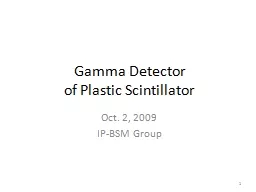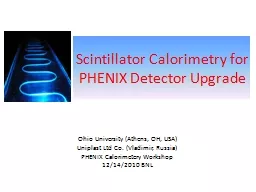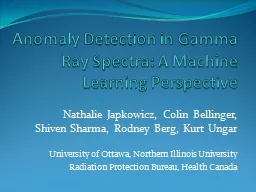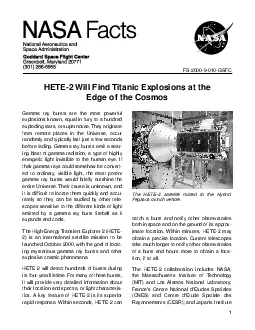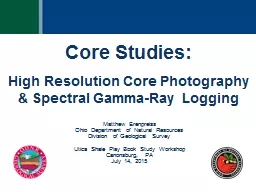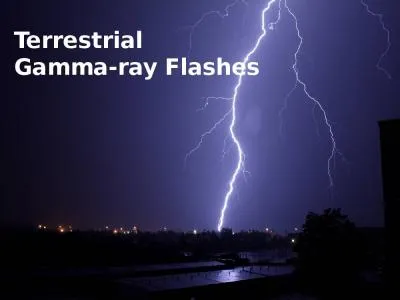PDF-MANUS Laboratory Practical Course Scintillation Detectors Scintillation Detectors A
Author : kittie-lecroy | Published Date : 2014-12-21
The photomultiplier consists of a photocathode a focusing electrode and 10 or more dynodes that multiply by each electron striking the dynode knocking out more than
Presentation Embed Code
Download Presentation
Download Presentation The PPT/PDF document "MANUS Laboratory Practical Course Scinti..." is the property of its rightful owner. Permission is granted to download and print the materials on this website for personal, non-commercial use only, and to display it on your personal computer provided you do not modify the materials and that you retain all copyright notices contained in the materials. By downloading content from our website, you accept the terms of this agreement.
MANUS Laboratory Practical Course Scintillation Detectors Scintillation Detectors A: Transcript
Download Rules Of Document
"MANUS Laboratory Practical Course Scintillation Detectors Scintillation Detectors A"The content belongs to its owner. You may download and print it for personal use, without modification, and keep all copyright notices. By downloading, you agree to these terms.
Related Documents


